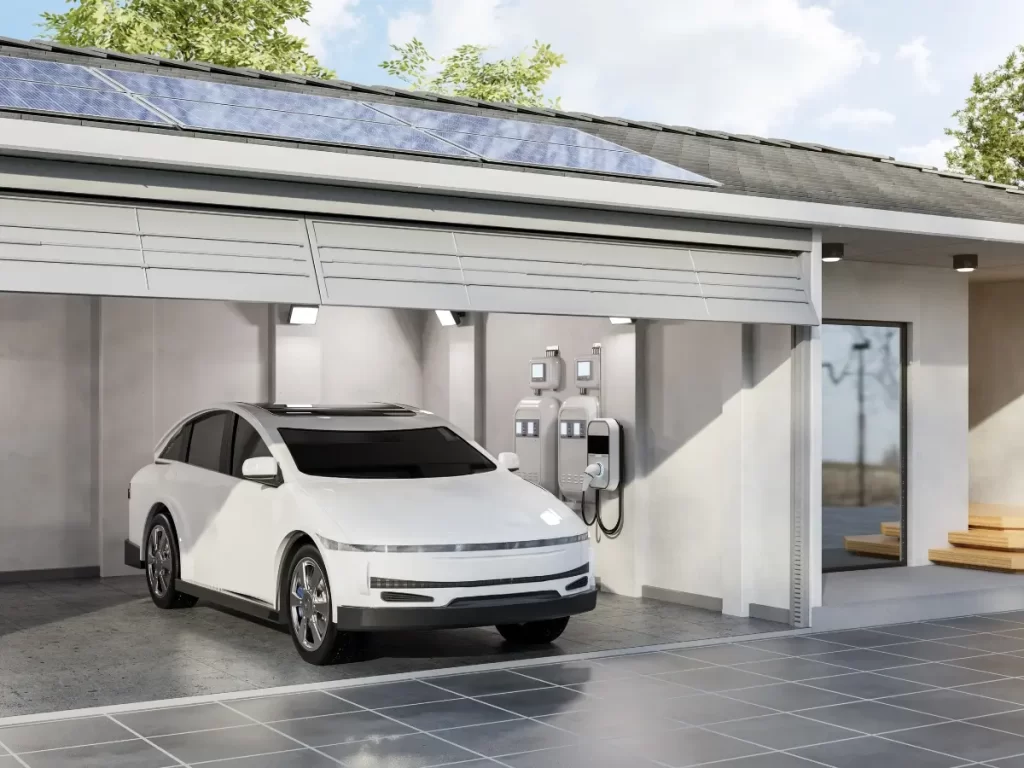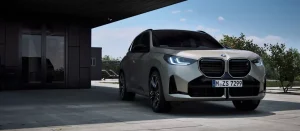Electric Vehicle Home Charging Setup and Optimization: Your Complete Guide

So, you’ve got a new electric vehicle. It’s quiet, quick, and you’re feeling pretty good about skipping the gas station. But then you get home and the reality hits: you need to charge this thing. Regularly.
Honestly, setting up a home charging station can feel daunting. There are terms to learn, equipment to buy, and maybe even an electrician to call. But here’s the deal: once it’s dialed in, charging at home is the ultimate EV convenience. It’s like having a gas pump in your garage that only you can use. Let’s dive into how to get it right.
Level 1, Level 2, or Level 3? Understanding Your Charging Options
First things first, you need to know the difference between the charging levels. Think of it like filling a pool.
The “Trickle Charge” (Level 1)
This is the charger that comes with your car, the one you just plug into a standard 120-volt wall outlet. It’s slow. Painfully slow for some. You’re looking at about 3-5 miles of range per hour of charging.
For a daily commute of 30-40 miles, an overnight charge might just barely cut it. It’s a bit like trying to fill a swimming pool with a garden hose. It works, but you’ll be waiting a while. For many, this is a temporary solution at best.
The Home Charging Sweet Spot (Level 2)
This is the upgrade that changes everything. A Level 2 charger runs on a 240-volt circuit—the same kind your dryer or oven uses. Suddenly, you’re adding 20 to 60 miles of range per hour.
That means you can fully recharge most EVs overnight, even from a very low battery. This is the gold standard for EV home charging installation. It turns charging from an anxious wait into a non-event. You plug in, go to sleep, and wake up to a “full tank.” Every single morning.
The “Gas Station” Blast (DC Fast Charging)
These are the massive public chargers you see on highways. They’re incredibly fast, but also incredibly expensive and complex. For perspective, a home DC fast charger is overkill—like installing a firehose in your kitchen sink. It’s not practical or cost-effective for residential use.
The Nitty-Gritty of Your EV Charging Setup
Alright, so you’ve decided a Level 2 charger is the way to go. Smart move. Here’s what you actually need to do.
Choosing the Right Hardware
You’ll need an EVSE—that’s the fancy term for the charging unit itself. Don’t worry, you can just call it a charger. When shopping, consider:
- Amperage: 16-amps, 32-amps, 40-amps, 48-amps… what does it all mean? Higher amperage generally means faster charging. A 40-amp unit is a great sweet spot for most people.
- Cable Length: Measure the distance from your electrical panel to where you park. Then add a few extra feet. A 25-foot cable offers a lot of flexibility.
- Smart Features: Many modern chargers connect to Wi-Fi. This lets you schedule charging for when electricity rates are lowest, monitor your energy use, and even get firmware updates. It’s a game-changer for optimizing EV charging costs.
The Electrical Side of Things (This is Important)
This is the part you can’t skip. Installing a 240-volt outlet or hardwiring a charger is serious business.
Hire a licensed electrician. Seriously. They will assess your home’s electrical panel to ensure it can handle the new load. An old or full panel might need an upgrade—which is an added cost, but a crucial one for safety.
They’ll also handle the permits and inspection, which, you know, keeps everything above board and safe. It’s not the place to cut corners.
Optimizing Your Home EV Charging Station
Okay, the hardware is installed. Now, let’s make it work smarter for you and your wallet.
Mastering the Art of Charging Schedules
Electricity isn’t the same price all day. In many areas, it’s cheapest late at night when demand is low. This is called time-of-use rates.
You can use your car’s infotainment system or your smart charger’s app to set a charging schedule. Tell it to only charge between, say, 11 PM and 6 AM. This simple step can slash your charging costs significantly. It’s one of the easiest home EV charging tips to implement.
The 80% Rule (And When to Break It)
You might have heard you should only charge your battery to 80% for daily use. There’s truth to this. Lithium-ion batteries, just like the one in your phone, experience less long-term wear and tear if they aren’t constantly filled to the absolute brim.
For your daily driving needs, setting a max charge of 80% or 90% is a great habit. It’s like not over-stretching a rubber band every single day. But, and this is a big but, if you’re heading out on a long road trip tomorrow, go ahead and charge to 100%. The occasional full charge is perfectly fine.
Managing Your Home’s Electrical Load
Think about what else is running in your house. Your charger, your air conditioner, your dryer—they’re all hungry for electrons.
Some advanced smart chargers can integrate with your home energy management system. They can actually slow down charging temporarily if they detect that the overall house load is getting too high. It’s a brilliant way to avoid tripping a breaker without you having to think about it.
Costs, Incentives, and The Long-Term Picture
Let’s talk numbers. A quality Level 2 charger can cost between $500 and $800. The installation? Well, that can vary wildly from $500 to $2,500+ depending on your home’s setup and how far the charger is from the panel.
But here’s the good news. There are often incentives. The US federal government, and many states and utilities, offer tax credits or rebates for EV charger installation. A quick search for “EV charger rebate [your state]” could save you a nice chunk of change.
| Item | Estimated Cost Range |
| Level 2 Charger Unit | $500 – $800 |
| Professional Installation | $500 – $2,500+ |
| Potential Electrical Panel Upgrade | $1,500 – $4,000 |
| Potential Rebates/Credits | Up to 30% of cost (federal) |
When you stack these upfront costs against the lifetime savings of not buying gasoline, the math usually works out strongly in your favor. You’re investing in convenience and long-term savings.
A Final Thought: The New Normal
Setting up your home charging station is the final step in truly embracing the EV lifestyle. It transforms the car from a novelty into a seamless part of your daily routine. The anxiety of “where will I charge?” simply evaporates.
You start to think about energy in a new way—not as a commodity you buy on a corner, but as a resource you manage from your own home. It’s a small shift in perspective, but a profound one. And honestly, once you get used to it, you’ll wonder why we ever did it any other way.




